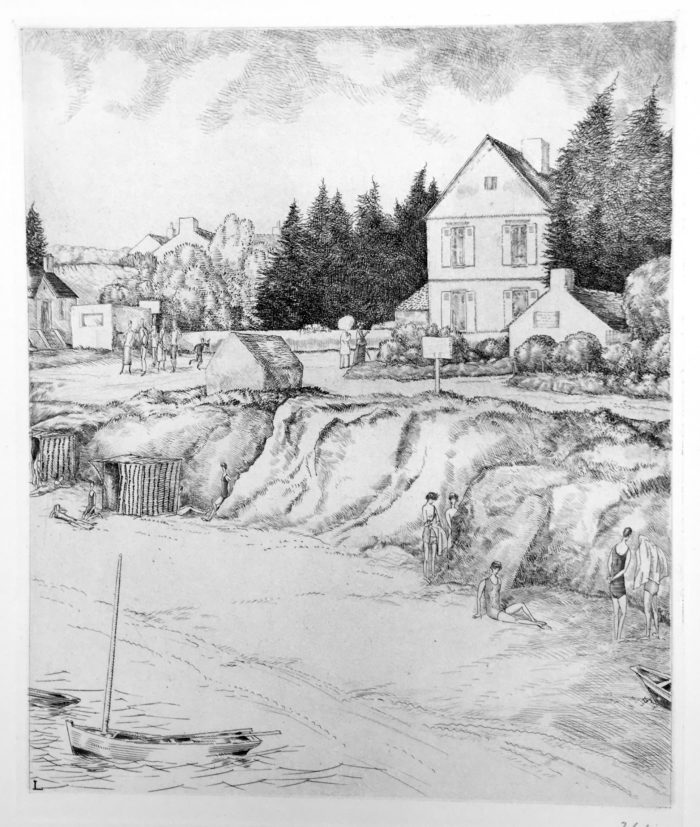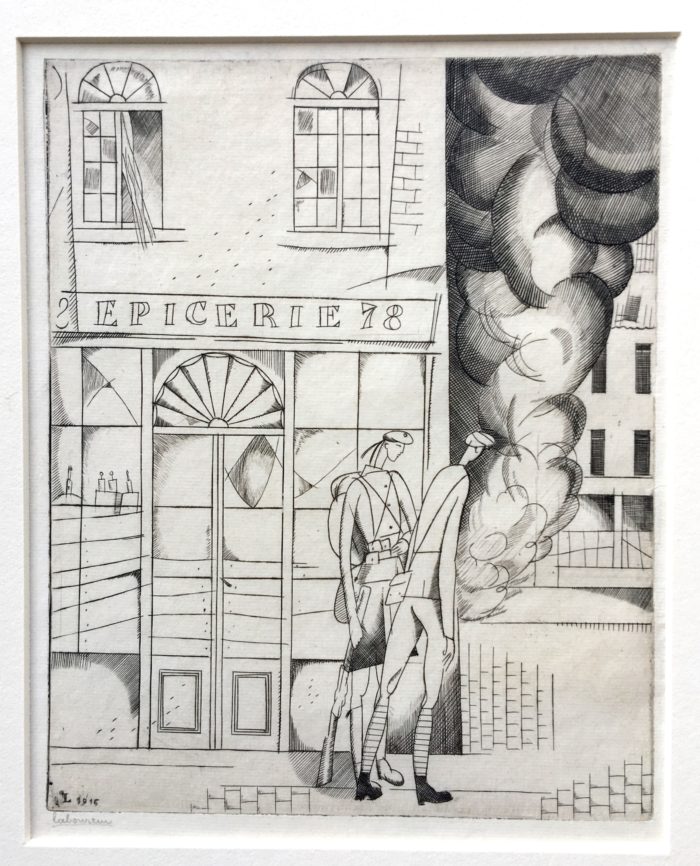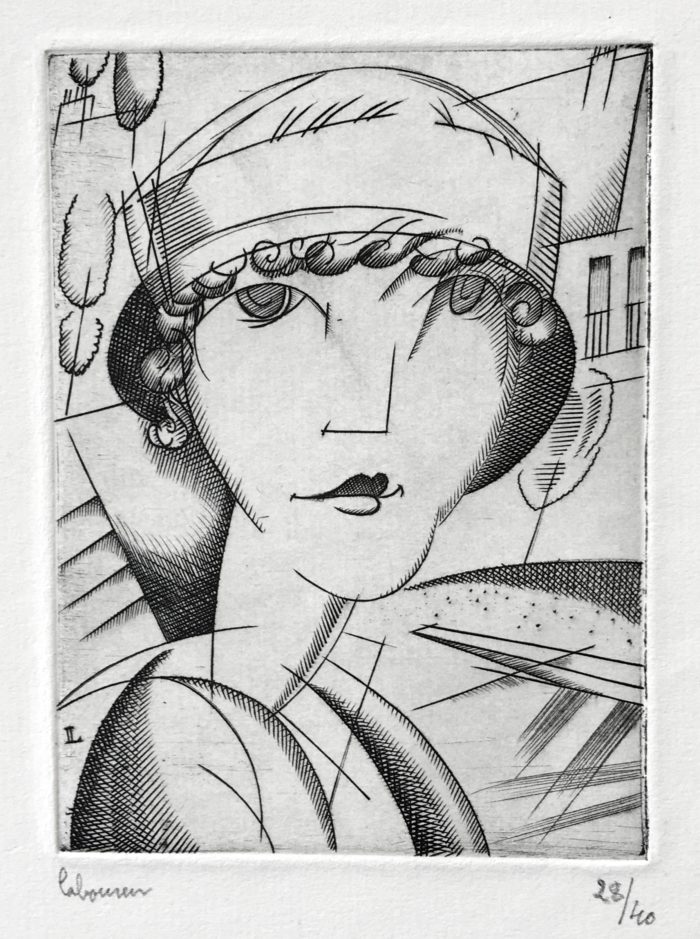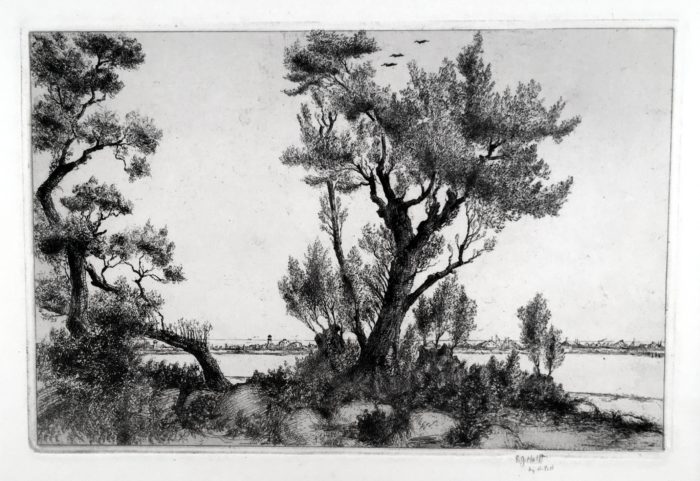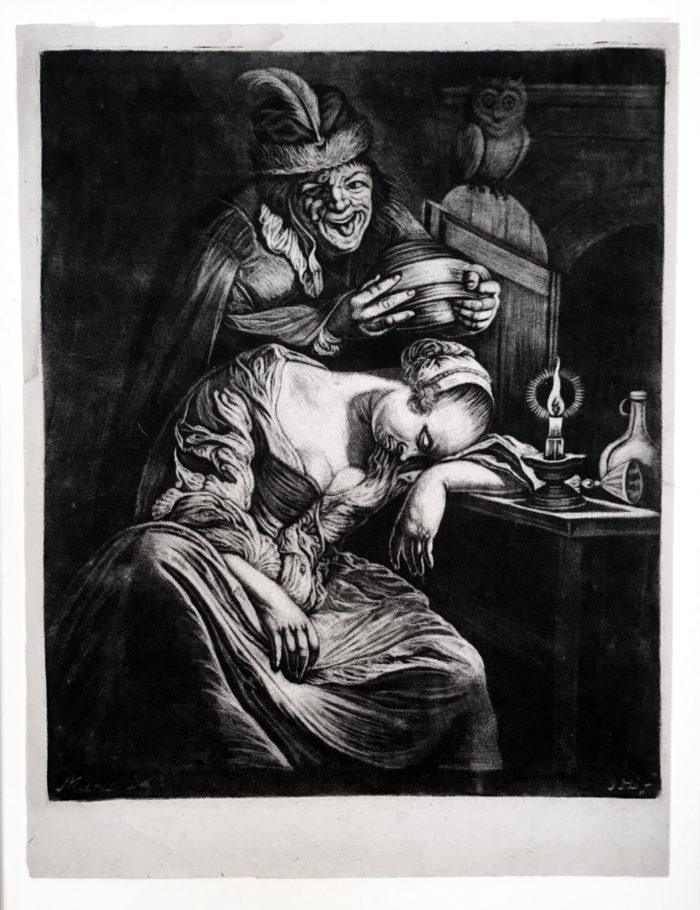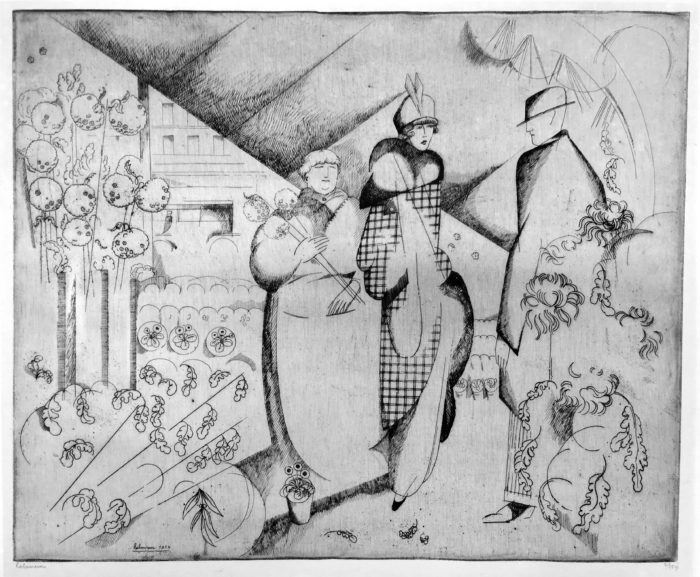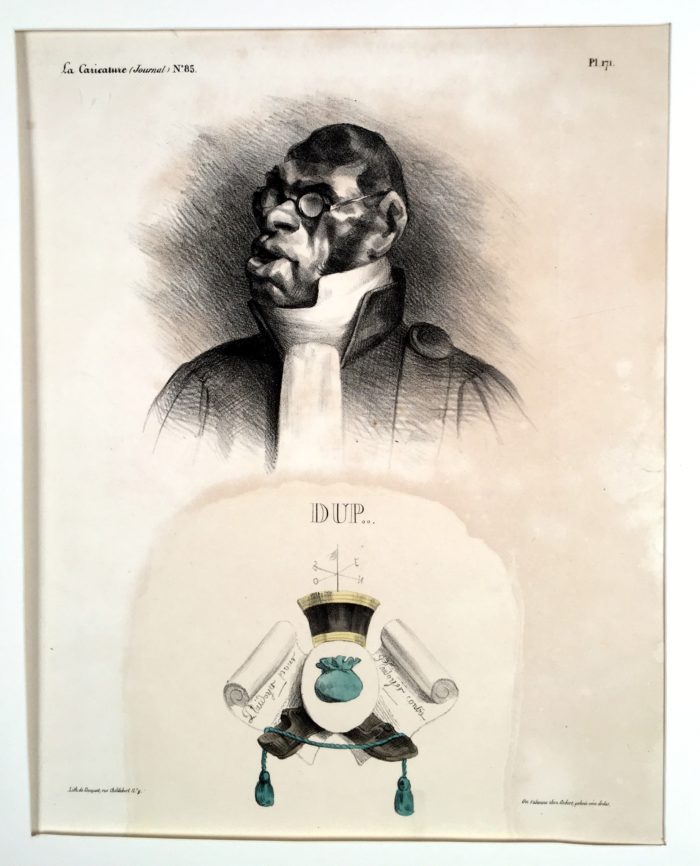
Honore Daumier (1808-1879), Dup, lithograph, 1832, from the series Celebrites de la Caricature, plate 171. Reference: Delteil 45, Daumier Register 45, only state. In generally good condition (with what appears as stains on recto but characterizing impressions of this print), with hand coloring in the contrived coat of arms below (possibly the coloring caused the staining), on wove paper, 11 x 6 1/2 inches.
Provenance:
G Cognacq (Lugt 538d, stamp verso)
R. Gaston-Dreyfus (initials stamp verso)
Ramus, Charles F. Collection
Nehorayan, A. Collection. New York, NY (impression noted in the Daumier Register)
Sothebys New York, February 13, 1980
An impression catagorized as rare by the Daumier Register.
From the Daumier Register: This lithograph is a portrait of Dupin. The coat of arms created by Philipon shows a money bag (corruption), a weather-vane (wryneck) and a pair of worn out shoes (insinuation to Dupins useless march to the Duc dOrlans). The text shows that he is able to plead for and against the same cause.
DUPIN, Andr-Marie-Jean-Jacques, an, (1783-1865) was President of the Chamber of Representatives as well as Attorney General. Apart from that he held numerous other important Government positions. He was portrayed by Daumier both in a terracotta sculpture and in several lithographs. The abbreviation DUP is an insinuation to his limited intelligence. Nevertheless, Dupin was a well-known lawyer who adeptly defended Marshal Ney as well as the republican poet and singer Branger.
Dupin surely must be considered one of the more important politicians of his period, showing a certain trend towards liberal political ideas. It was he who suggested to the future King, the Duc dOrlans, to choose the name Louis-Philippe rather than Philippe VII. In 1832, he was nominated member of the Acadmie Franaise and became President of the Chamber.
